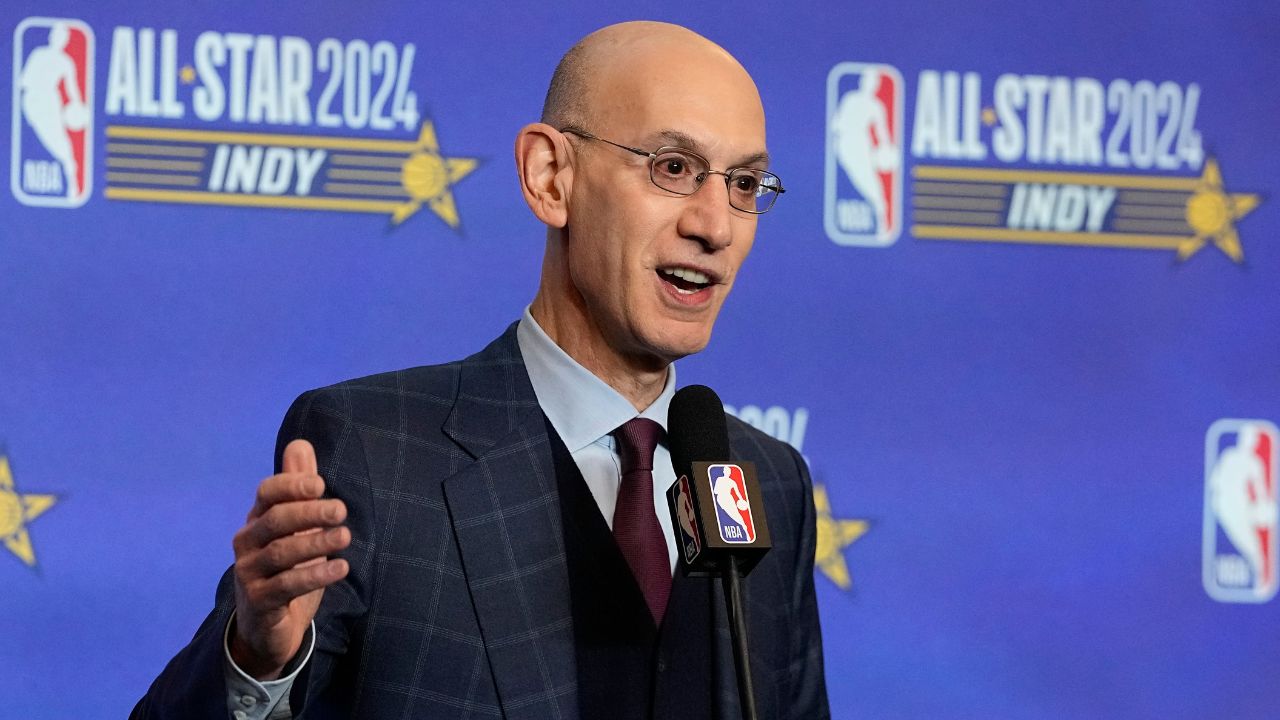
While the NHL has not yet ruled on the possibility of an early June draft, the league stated the case for it in a memo sent to teams on Friday night.
Authored by Deputy Commissioner Bill Daly, the memo argues that, “Quite frankly, whatever we decide to do, there is no way, under these most unusual circumstances, for us to maintain the ‘status quo.’”
Among the NHL’s arguments:
If the draft is not moved up, the best-case scenario would see the Stanley Cup awarded in early- to mid-September at the earliest. That would leave a short window for the lottery and the draft before moving on to all other necessary league business before the 2020–21 season begins, which we now know could be December.
Also mentioned is a worst-case scenario, where “we will be forced to make the difficult decision of cancelling the remainder of the 2019–20 season. In that case, and again in the absence of an early Draft, we would be faced with having to schedule a Draft Lottery and stage a Draft at some uncertain time prior to resuming play for the 2020–21 season. In this scenario, the same concerns that some Clubs have expressed about determining Lottery eligibility and overall Draft order, as well as the issue of having to resolve undetermined conditional provisions in trades, would still need to be addressed.”
Daly makes many of the arguments proponents have already discussed, including the success of the NFL draft, fans’ hunger for sports content and (full disclosure) support from the broadcast networks.
To make it as fair as possible, the league has suggested:
• Using each team’s points percentage to determine the Order of Selection. (That’s under the current playoff format, so 16 teams would be out of the lottery and 15 would be in.)
• Changing the lottery format this season only — picking just one winner, and limiting any move-up to a maximum of four spots.
• For conditional trades, the league would propose solutions. The teams would have seven days to either reform the deal on terms acceptable to both, or accept the NHL’s idea.
Obviously, another concern is a June draft would prevent teams from trading players they’ll need if the season resumes. Daly indicated the league’s research of the last five draft days showed that there were 106 trades conducted and 64 would have been similarly permissible had the draft been staged prior to the end of the season.
“While this is certainly a valid concern,” Daly continues, “the fact of the matter is that whenever we hold the 2020 Draft — in early June or ‘shoehorned’ into a short window in October or November — (it) is not going to be a typical NHL Draft. It is not going to look the same; it is not going to feel the same; and it is not going to be the same. While we may know more about next year’s landscape in terms of CBA, Salary Cap, Escrow, etc., in November than we will in June, we are still not going to know everything, and there is still going to be a multitude of questions that have no answers. So, any comparison of the 2020 NHL Draft to a typical year’s Draft is not — and cannot be — an ‘apples to apples’ comparison.”
A decision is expected next week.




